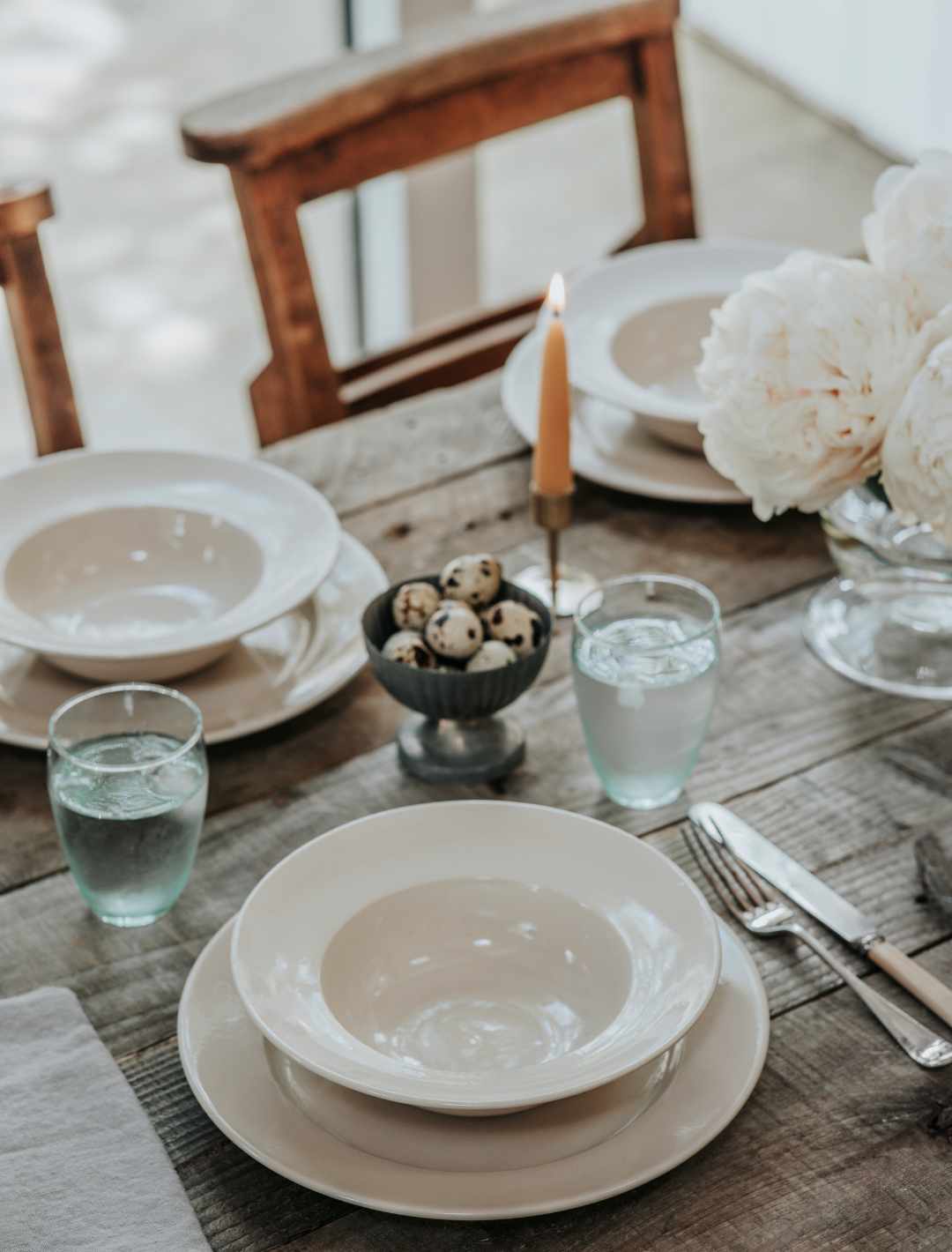At John Julian every piece of pottery we create is handled by more than one of our team of skilled craftspeople during its journey through our workshop. Although we try our best not to make seconds, they are inevitability part of the process. Our team grade every single piece we make with a keen eye and skill honed through practice.

In order to be sold, every piece, whether first or second, must be safe and functional. We only sell pieces that are food safe. Whether it is then graded as a ‘First’ or ‘Second’ is down to aesthetic. Julian set up John Julian to escape from the confines and identikit aesthetic of mass-manufacturing so we expect each piece to have individual charm and bear marks of the craftsperson who made it. However we have some criteria which would make the piece a second.
The imperfections vary from piece to piece but we broadly categorise them as ‘Slight Seconds’ or ‘Good Seconds’ depending on the ‘flaws’. During our annual seconds sale we work on a first come, first served basis where ‘slight seconds’ are sold first followed by ‘good seconds’.
Due to the popularity of this event, we are unable to accommodate preferences.
Here are some examples of why a piece might be graded as a Second:
Cracking
Small cracks can occur in our pieces for various reasons and at different stages of making. In order for them to be sold as Seconds, we ascertain that these cracks won’t affect the structure or the durability.
|
Cracking on the foot of a bowl. |
Cracking on the base of a Cream Jug. |

For a seemingly simple object, the process of making a mug is surprisingly complex. Once the vessel itself has been formed, the handle must be attached. This is a fiddly process and sometimes tiny cracks occur around the join.
Chips
We include some chips within our Seconds tolerances – either if they are very small or have occurred prior to glazing so are covered and smooth.
Decoration
Every John Julian piece is hand crafted and although we try our best to avoid it, mistakes sometimes happen. A painted line might be a bit wobbly or smudged, a stamped design not as crisp as we would like, the motif may be a bit off-centre, or the slip colour might differ from that in the main collection.

Glazing
Occasionally there will be pieces that have not been glazed correctly. Where too much glaze has been applied, it can run or pool which creates a mark. If the glaze has been applied too thinly, this will create a textured area. As all our pieces are fired to an extremely high temperature in the kiln and are fully vitrified, the glaze does not affect the durability or integrity of the piece.

Marks in the clay
Sometimes blemishes appear in the clay body itself during the kiln firing. This can result in raised patches where the clay has bloated or darker areas in the clay.
 |
 |




